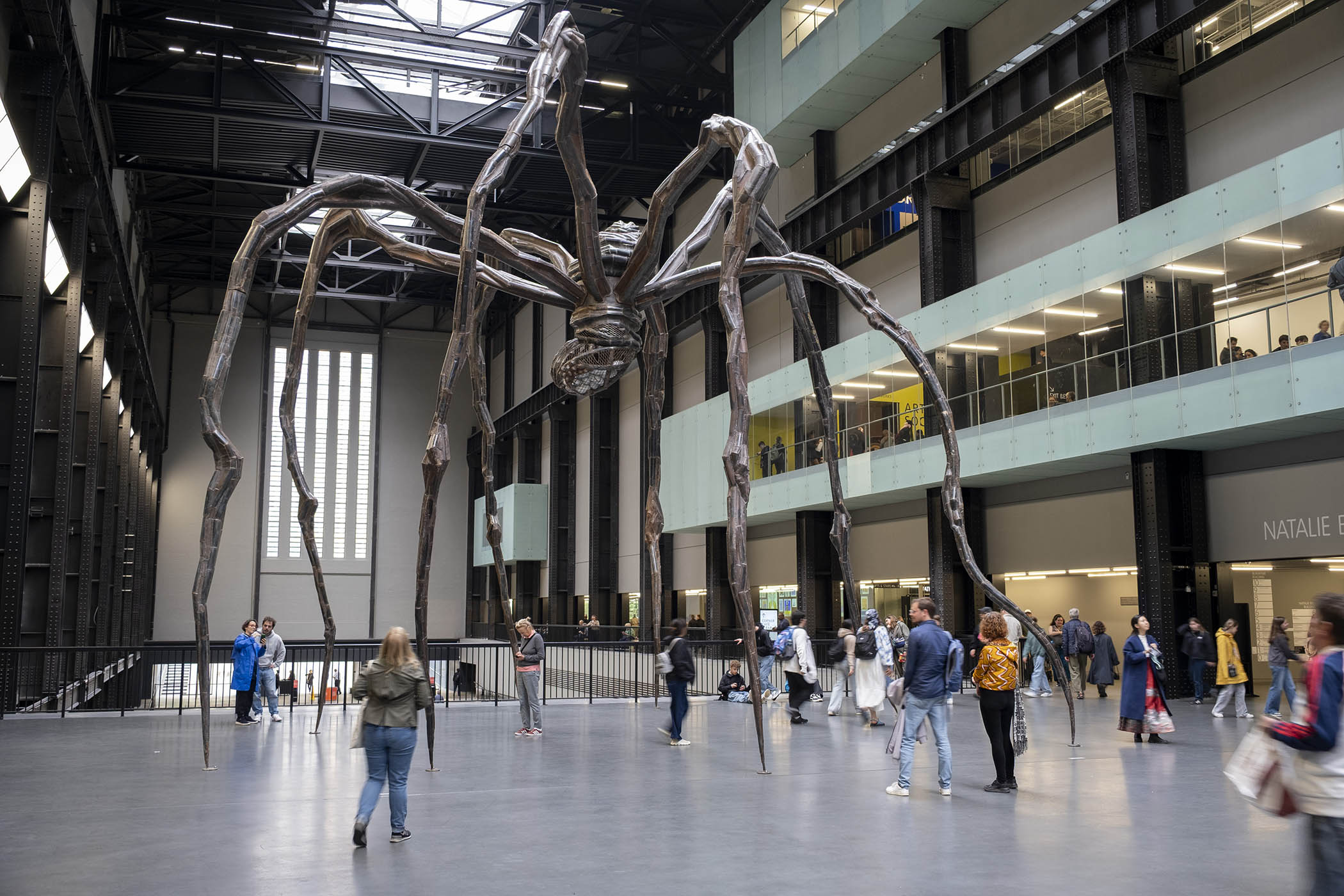The UK government employs more than 6 million people. Paying them will cost about £300bn this year. The total cost of providing public services – the NHS, prisons, the police, schools, the army, and so on – is more than double that. As taxes rise (again), voters might reasonably ask whether their money is being spent efficiently.
To get a grip on that question, we need to measure what the government gets in return for all that spending, which means we need to measure what those 6 million public workers are producing. This is harder than it might sound.
Let’s start with a relatively simple example. How do you measure the output of a surgeon working for the NHS? You might start by counting how many operations they carry out. Perhaps you’d make some sort of adjustment for the complexity of each operation, or their success rate in keeping patients alive. Fiddly, perhaps, but doable.
What about a police officer? Do you measure their output as the number of arrests made? Or should it be the number of crimes they prevent from happening in the first place by patrolling the streets? What about a soldier? Or a judge? It can become very difficult very quickly.
Claiming tens of billions of pounds in cuts could be found easily through a crackdown on ‘waste’ is not helpful or serious
These are the sorts of conundrums that the folks at the Office for National Statistics (ONS) have to confront when building their estimates of public service productivity – the latest set was published last week. Because it’s an unusual exercise, requiring all sorts of assumptions, we should interpret the figures with caution. They nonetheless provide some interesting insights.
Related articles:
There was some good news for sceptical taxpayers: the ONS has revised up its previous estimates, and now thinks that public service productivity increased for the fourth consecutive year in 2024.
There was also some bad news: the ONS thinks that public services are still 3% less productive than they were before the pandemic, and only ever-so-slightly more productive than in 1997. We shouldn’t read too much into this, not least as in some cases (such as the armed forces), the ONS decides that it is too difficult to estimate productivity and simply assumes zero productivity growth. But it’s hardly a barnstorming performance.
Because the NHS is so big, accounting for about £1 in every £5 government spends, and about 8% of the entire economy, the productivity of the health service plays an outsized role in driving these trends. It has generally fared a bit better in productivity terms – until recently.
According to the ONS, healthcare productivity didn’t increase at all in 2024, has fallen slightly in 2025, and is still 8% lower than pre-Covid. For a government with ambitions to get waiting lists and times down, it’s far from ideal that the health service now seems to require more funding and more staff to provide the same level of service as it did in 2019.
What should we make of this? On the one hand, it suggests that there’s still some scope for catch-up growth. Just getting back to where we were before the pandemic would be a major gain for a government with grand ambitions for public service improvements but limited cash to throw around.
On the other hand, the experience of the past quarter of a century shows that increasing the productivity of the public sector is painfully difficult. This partly reflects the labour-intensive, human-focused nature of much public sector work: there are only so many ways to check a bedridden patient for pressure sores, or to help an elderly person get dressed. The scope for productivity gains there is simply more limited than in, say, manufacturing.
Yet, as economy-wide wages grow due to productivity improvements elsewhere, wages for nurses and care workers also need to rise to continue to attract workers to those roles. The result is that the cost of providing public services tends to grow faster than other prices, and grows to take up an increasing share of national income – something economists call the Baumol effect.
Now the Baumol effect doesn’t get our public services off the hook entirely. It can’t explain the post-pandemic fall-off in NHS productivity, for instance, which we should interrogate and try to correct. We absolutely should explore whether new technologies, and in particular AI, can unlock the sorts of public sector productivity gains that have previously eluded us.
But it does suggest that we need a dose of realism about the scale of productivity improvements that we might expect from government, and the sorts of savings that could be unlocked. Spending plans for the next few years are already based on punchy productivity assumptions and ambitious efficiency savings.
Claiming, as some do, that tens of billions of pounds in further cuts could be found easily through a crackdown on “waste” is not a helpful or serious contribution to the debate. It merely indicates an unwillingness to confront tough fiscal choices. And the UK certainly faces plenty of those.
Ben Zaranko is associate director of the Institute for Fiscal Studies
Photograph by Getty


